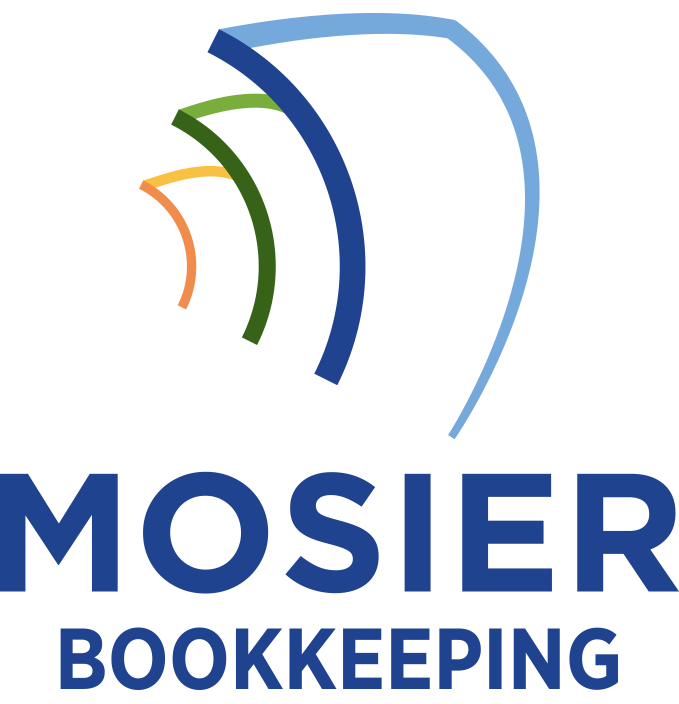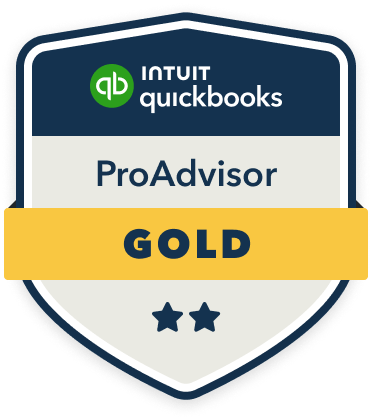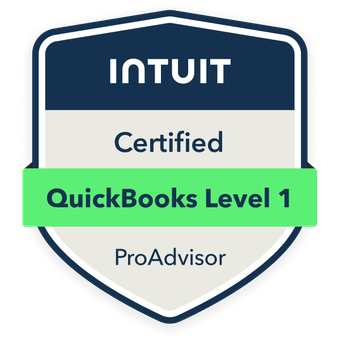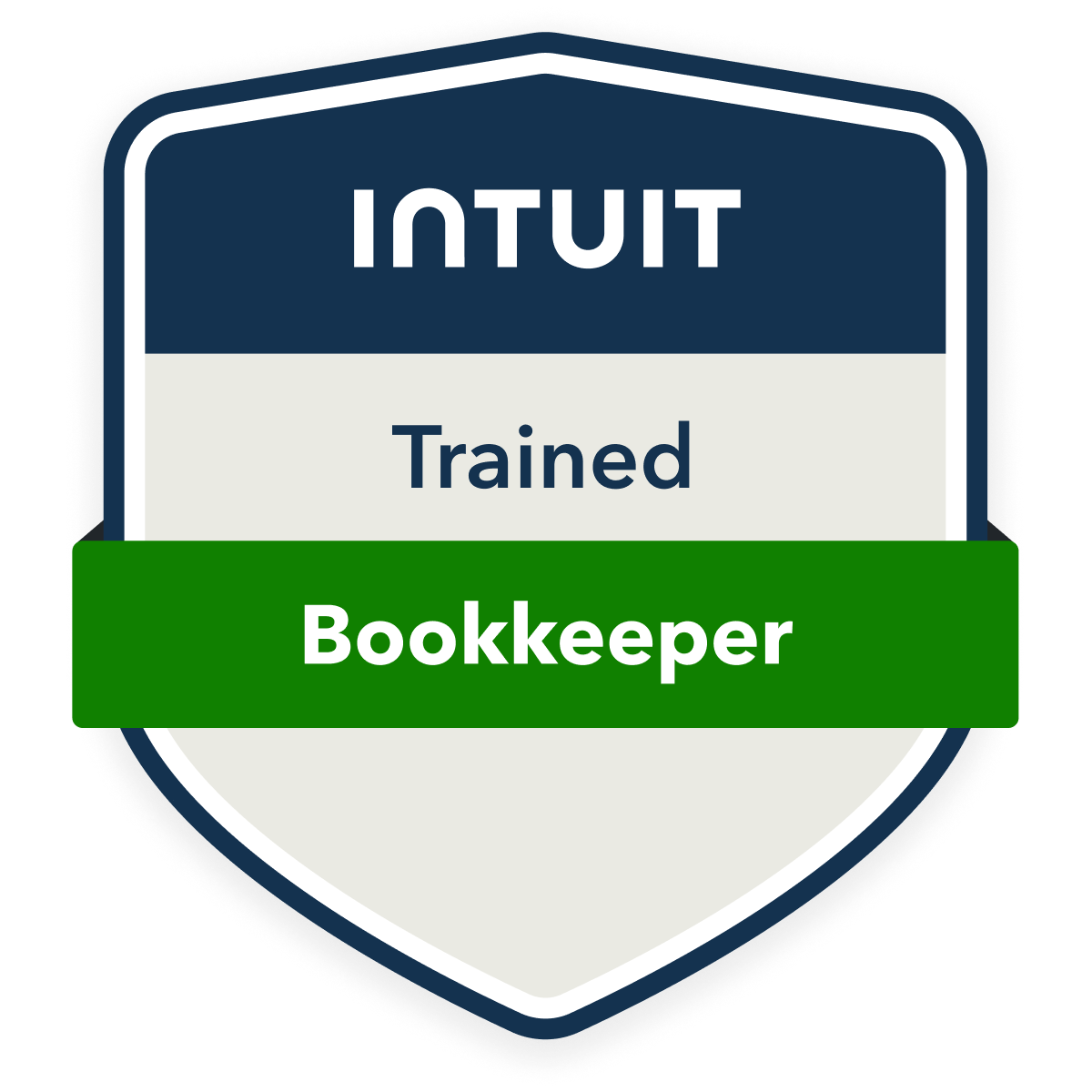I’ll show you how bookkeeping for asset management delivers vital benefits by transforming financial data into actionable intelligence. It enables real-time visibility into asset performance, guarantees regulatory compliance, optimizes tax positions through strategic depreciation tracking, and facilitates data-driven decision-making for resource allocation. Through precise expense tracking and budget optimization, you’ll maintain stronger cost control while maximizing operational efficiency. The strategic advantages of implementing robust asset management bookkeeping extend far beyond basic financial recording.
Enhanced Financial Accuracy and Reporting

When implemented correctly, extensive bookkeeping practices markedly enhance the accuracy and reliability of financial reporting for asset management firms. I’ve found that meticulous transaction tracking eliminates data inconsistencies and provides real-time visibility into asset performance. By maintaining detailed records, I can instantly detect discrepancies, reconcile accounts, and generate precise financial statements that reflect true asset values.
I leverage systematic bookkeeping to establish clear audit trails, ensuring every transaction is documented and traceable. This enables me to make data-driven decisions, comply with regulatory requirements, and demonstrate accountability to stakeholders while maintaining complete control over financial operations.
Regulatory Compliance and Risk Management
Proper bookkeeping practices extend beyond accuracy into the critical domain of regulatory compliance and risk management. I’ll show you how meticulous record-keeping empowers you to meet regulatory requirements while identifying potential risks to your assets.
Through systematic bookkeeping, I guarantee you’ll maintain compliance with tax laws, industry regulations, and reporting standards. You’ll have real-time visibility into asset depreciation, maintenance schedules, and ownership documentation. This thorough oversight enables you to detect compliance gaps, mitigate risks, and respond swiftly to audits. I’ve found that robust bookkeeping systems serve as your first line of defense against regulatory penalties and asset-related vulnerabilities.
Strategic Decision-Making and Resource Planning

I rely on accurate bookkeeping records to guide strategic investment choices through thorough data analysis. My investment team analyzes historical allocation performance metrics to determine ideal asset distribution and identify promising market opportunities. This data-centric approach enables me to implement resource planning strategies backed by quantifiable results rather than speculation or gut feelings.
Data-Driven Investment Choices
Through thorough bookkeeping practices, organizations can leverage historical financial data to make strategic investment decisions backed by concrete evidence. I’ve found that data-driven investment choices consistently outperform intuition-based decisions, leading to superior ROI and market positioning.
Key metrics that inform investment strategy:
- Asset performance trends over defined periods
- Risk-adjusted returns across portfolio segments
- Cash flow patterns and liquidity positions
- Depreciation rates and maintenance costs
I leverage these metrics to create a quantitative framework for investment evaluation, enabling precise capital allocation and risk management. This approach transforms raw financial data into actionable intelligence for portfolio optimization.
Allocation Performance Analysis
Effective allocation performance analysis enables asset managers to precisely evaluate how resources are distributed and utilized across various portfolio segments. I leverage detailed performance metrics to track how each asset class contributes to overall returns, identifying which allocations are maximizing or diminishing portfolio value.
Through systematic analysis of allocation effectiveness, I can help you optimize your strategic positioning, reallocate resources to higher-performing segments, and eliminate underperforming assets. By monitoring key performance indicators against predetermined benchmarks, I’ll guarantee your portfolio maintains ideal balance while capitalizing on market opportunities and minimizing potential risks.
Depreciation Tracking and Tax Optimization
Meticulous depreciation tracking serves as a cornerstone of strategic asset management and tax planning. I’ll show you how to leverage depreciation data to maximize tax benefits while maintaining ideal asset performance.
- Calculate depreciation using multiple methods (straight-line, declining balance, sum-of-years-digits) to identify the most advantageous tax position
- Time asset disposals strategically to realize losses during high-income years
- Track repair and maintenance costs separately from capital improvements to optimize deduction timing
- Document asset basis adjustments meticulously to defend positions during tax audits
This systematic approach guarantees you’ll capture every available tax advantage while maintaining precise asset valuations.
Maintenance Scheduling and Equipment Lifecycle Management

I find that effective maintenance scheduling combined with accurate cost tracking helps me identify the ideal timing for preventive repairs before equipment failures occur. By monitoring the depreciation curve of my assets over time, I can forecast when maintenance costs begin to outweigh an equipment’s productive value. This data-driven approach enables me to make strategic decisions about equipment replacement cycles while maximizing the return on my asset investments.
Preventive Maintenance Cost Tracking
Tracking preventive maintenance costs through systematic bookkeeping enables organizations to optimize their equipment lifecycle management and maintenance scheduling. I’ve found that precise cost tracking creates a data-driven foundation for strategic decision-making.
Let me outline the key financial tracking components:
- Direct labor expenses for scheduled maintenance tasks
- Replacement parts and consumable materials costs
- Equipment downtime impact on operational revenue
- Contractor and specialized service provider fees
Equipment Depreciation Over Time
Three distinct aspects of equipment depreciation require methodical bookkeeping: time-based value reduction, usage-driven wear, and market obsolescence. I’ll show you how tracking these elements helps you maximize asset value and control operational costs.
I recommend monitoring time-based depreciation through straight-line calculations, while implementing usage meters to quantify equipment wear rates. I track market obsolescence by comparing your assets against current technology standards and resale values.
Cost Control and Budget Optimization
Effective cost control and budget optimization represent fundamental outcomes of diligent bookkeeping in asset management. I’ll show you how proper financial tracking empowers you to maximize resource allocation while minimizing unnecessary expenditures.
- Track real-time spending against predetermined budgets to identify cost overruns before they escalate
- Analyze historical cost patterns to forecast future expenses with greater accuracy
- Leverage data-driven insights to negotiate better vendor contracts and maintenance agreements
- Implement strategic cost-cutting measures based on detailed expense breakdowns
